Two submersible holding facilities will be tested in 2025
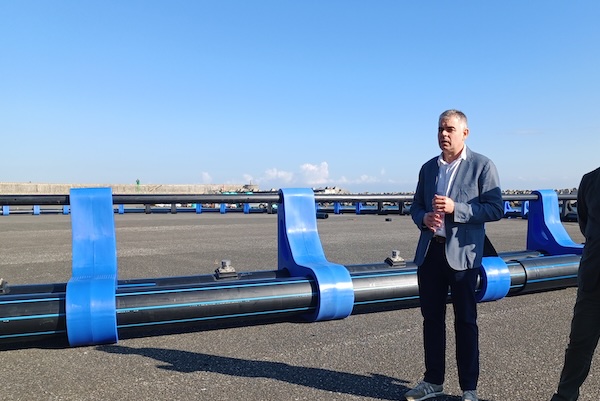
Two new submersible aquaculture facilities are set to be installed off the coast of Getaria, Spain, as part of a pilot project to revitalize the struggling bluefin tuna fishery in the Cantabrian Sea.
The initiative, spearheaded by a company created by the AZTI technology center and the Catalan company Balfegó called Itsasbalfegó, plans to catch live bluefin tuna using purse seine gear in collaboration with the Basque fishing fleet. Subsequently, the catches will be fattened to assess their economic and environmental viability. This pilot project could potentially transform the region’s fishing industry.
“The main challenge will be to determine whether it is viable to use purse seine gear for bluefin tuna fishing in the Bay of Biscay,” said Juan José Navarro, assistant director of Balfegó, a company specializing in catching, feeding, studying and marketing bluefin tuna. “If this is achieved, and subsequently, the fattening in cages is successful, this project could have a very positive impact on the Basque economy and society, making it possible to revalue fishing quotas, improve the quality of the product and optimize fisheries management.”
Fishing for bluefin tuna in the Cantabrian Sea has become less profitable for local fishermen due to the small size of the catch and challenging weather conditions that complicate traditional fishing methods. As a result, many Basque fishermen have started transferring their fishing quotas to other regions of Spain.
To address this issue and help restore bluefin tuna fishing in the area, two underwater aquaculture facilities will be set up 3.688 miles from the port of Getaria in Gipuzkoa. These facilities will be tested next summer and, if successful, more aquaculture cages will be installed starting the following year, depending on the fishing quotas available for fattening.
Prior to its implementation, AZTI said the project underwent a rigorous administrative and scientific evaluation.
“The initiative has the support, permission and authorization of all relevant national and European public administrations in the field of fisheries and the environment,” said Rogelio Pozo, director of AZTI. “This first stage has also been approved by the International Commission for the Conservation of Atlantic Tunas (ICCAT), which will evaluate the results obtained.”
Before tuna fishing starts in the summer of 2025, Itsasbalfegó will test the cages this autumn and winter to ensure they can float properly, stay submerged and withstand the harsh weather conditions of the Bay of Biscay.
Now that you've reached the end of the article ...
… please consider supporting GSA’s mission to advance responsible seafood practices through education, advocacy and third-party assurances. The Advocate aims to document the evolution of responsible seafood practices and share the expansive knowledge of our vast network of contributors.
By becoming a Global Seafood Alliance member, you’re ensuring that all of the pre-competitive work we do through member benefits, resources and events can continue. Individual membership costs just $50 a year.
Not a GSA member? Join us.
Author
Tagged With
Related Posts
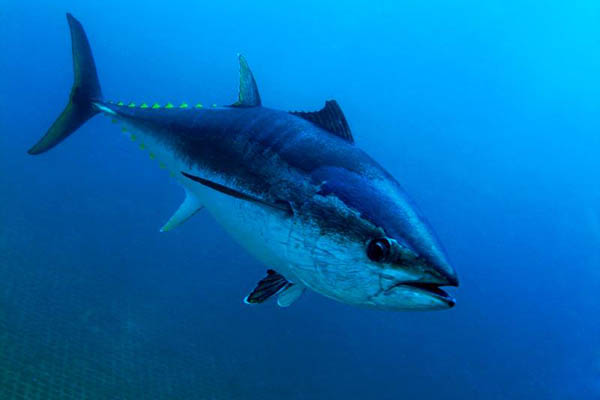
Fisheries
Atlantic bluefin tuna populations’ genetic links could affect fishery management strategies
A new study uncovers unexpected genetic links across Atlantic bluefin tuna spawning grounds, with implications for fisheries management.
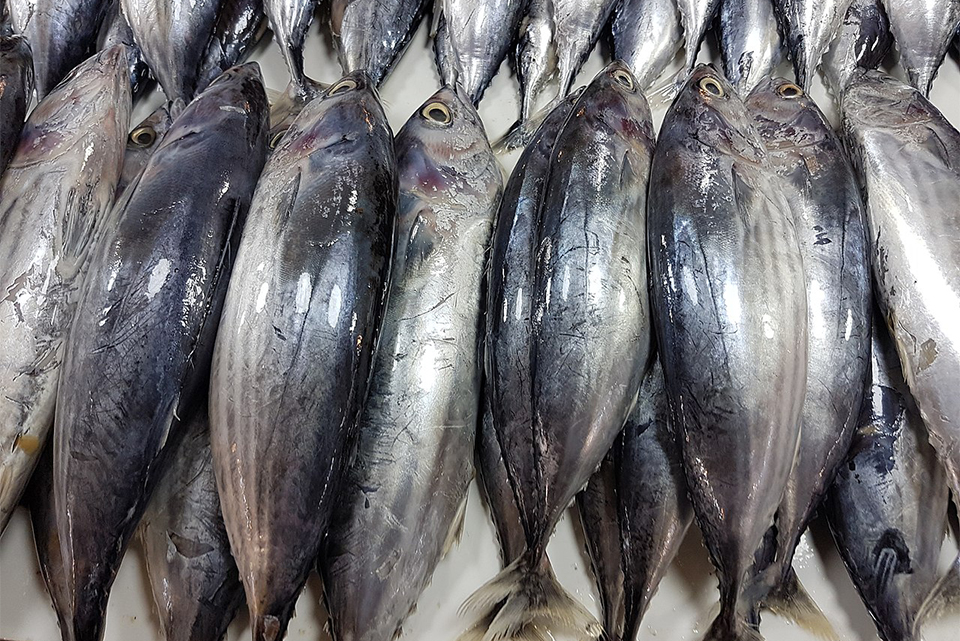
Fisheries
How aging uncertainty of major tuna species impacts the estimation of growth functions
Aging error and age range influences the uncertainty of growth estimation in major tuna species, necessitating improved accuracy of age analysis.
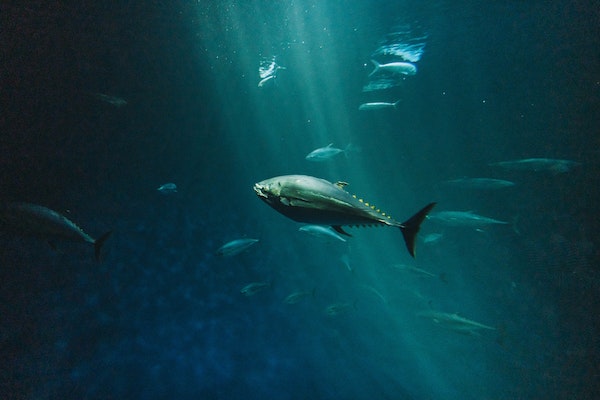
Fisheries
ICCAT adopts modernized fisheries management plan for Atlantic bluefin tuna
Regional fishery management organization adopts modernized fisheries management plan for Atlantic bluefin tuna that could help replenish fish stocks.
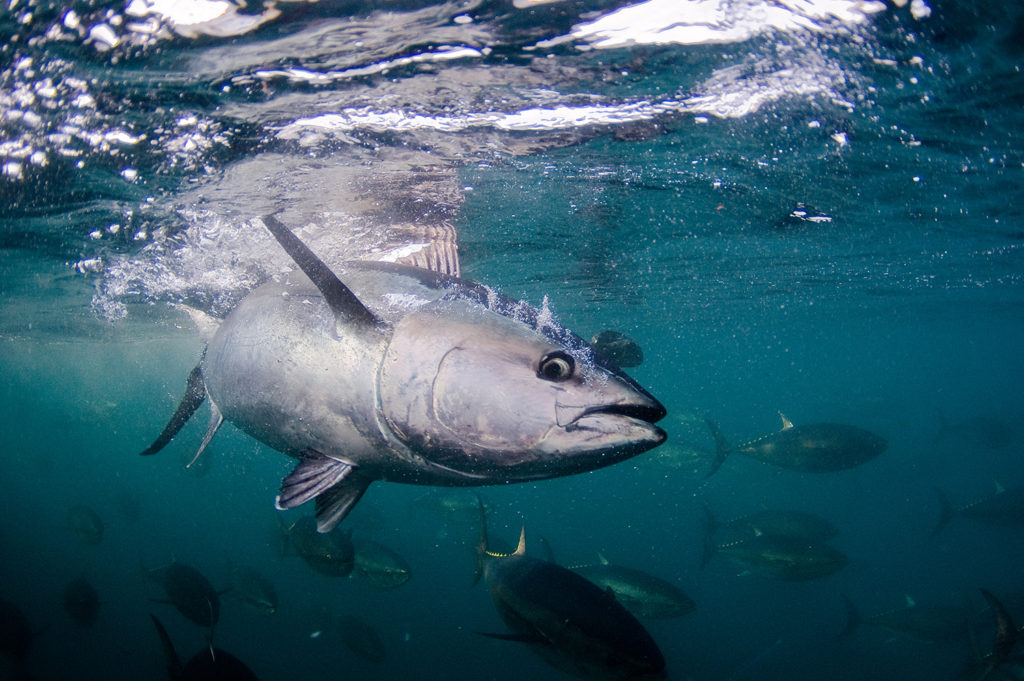
Innovation & Investment
Japan hopes aquaculture can save bluefin tuna
Bluefin tuna may be the most prized fish in the ocean. If hon-maguro sashimi is to remain chic, closed-cycle aquaculture may help keep it on menus.



